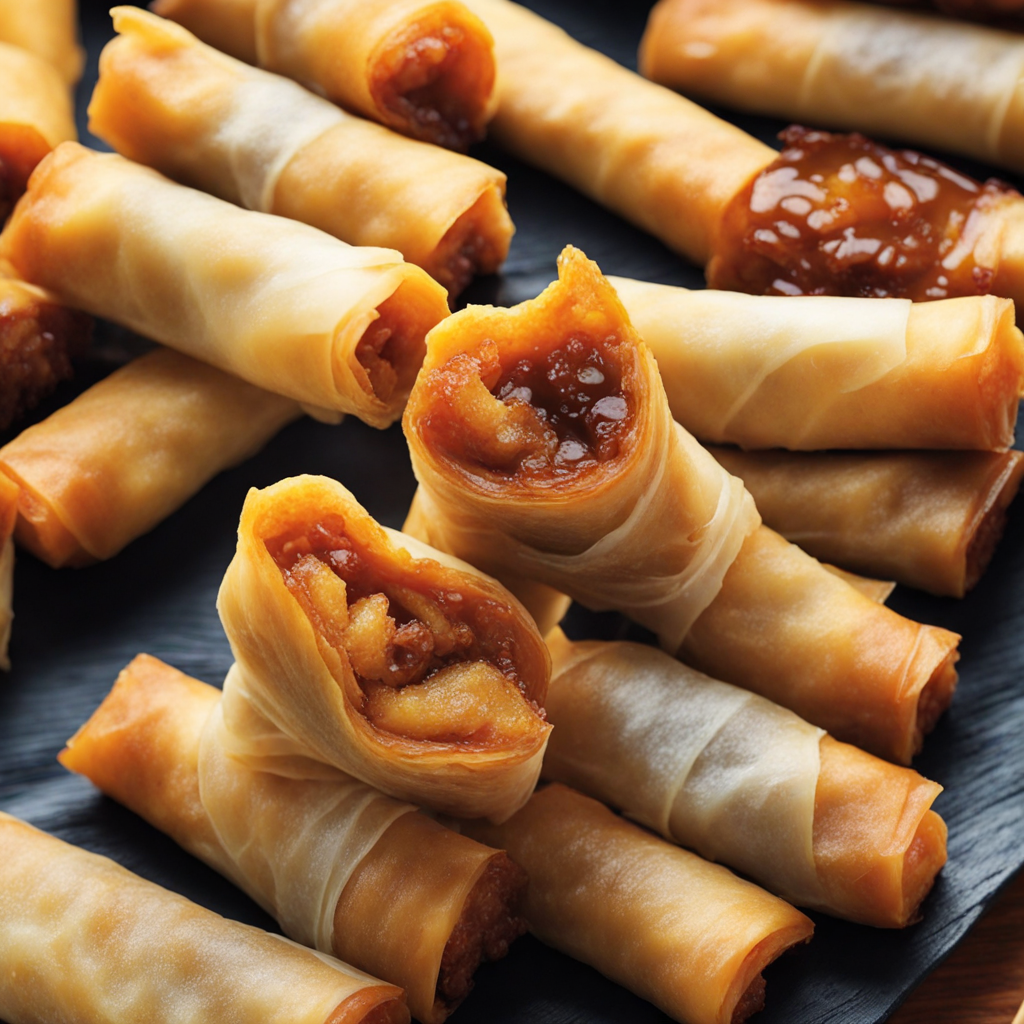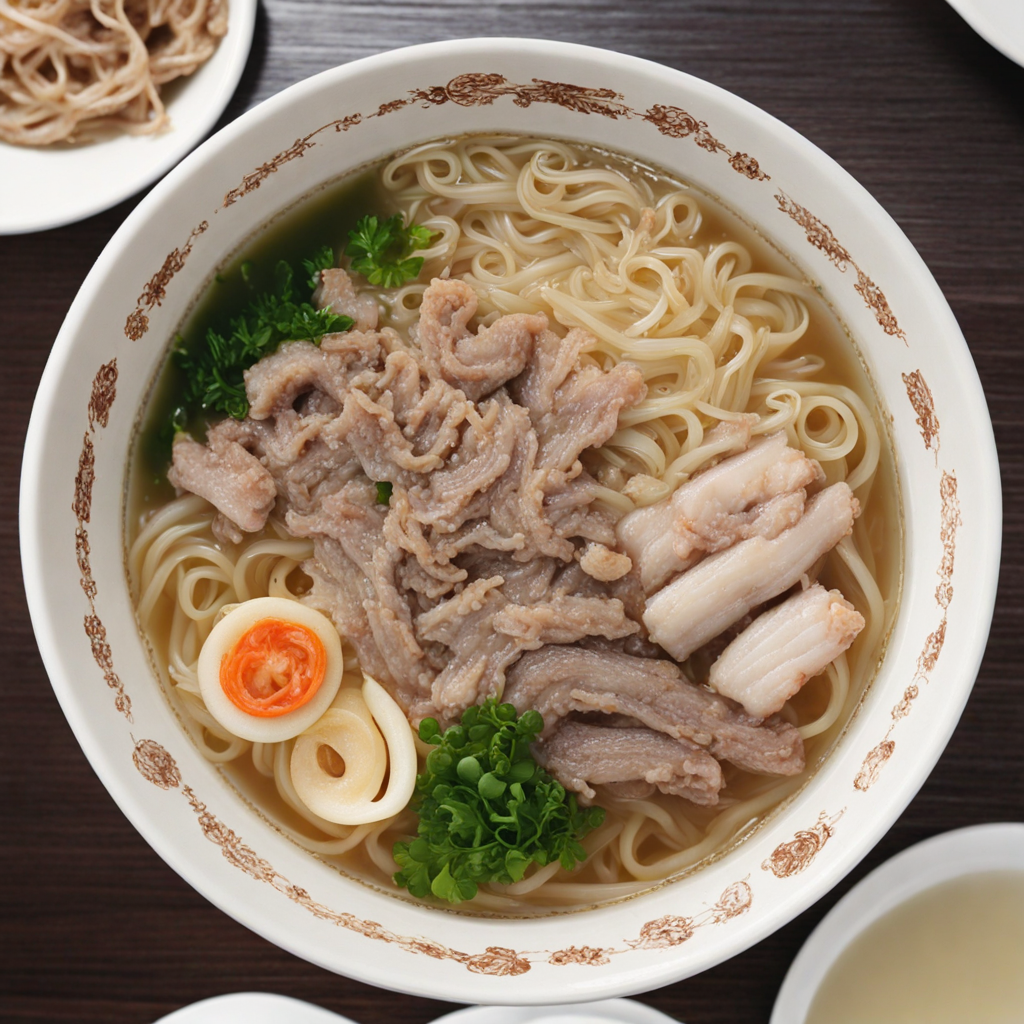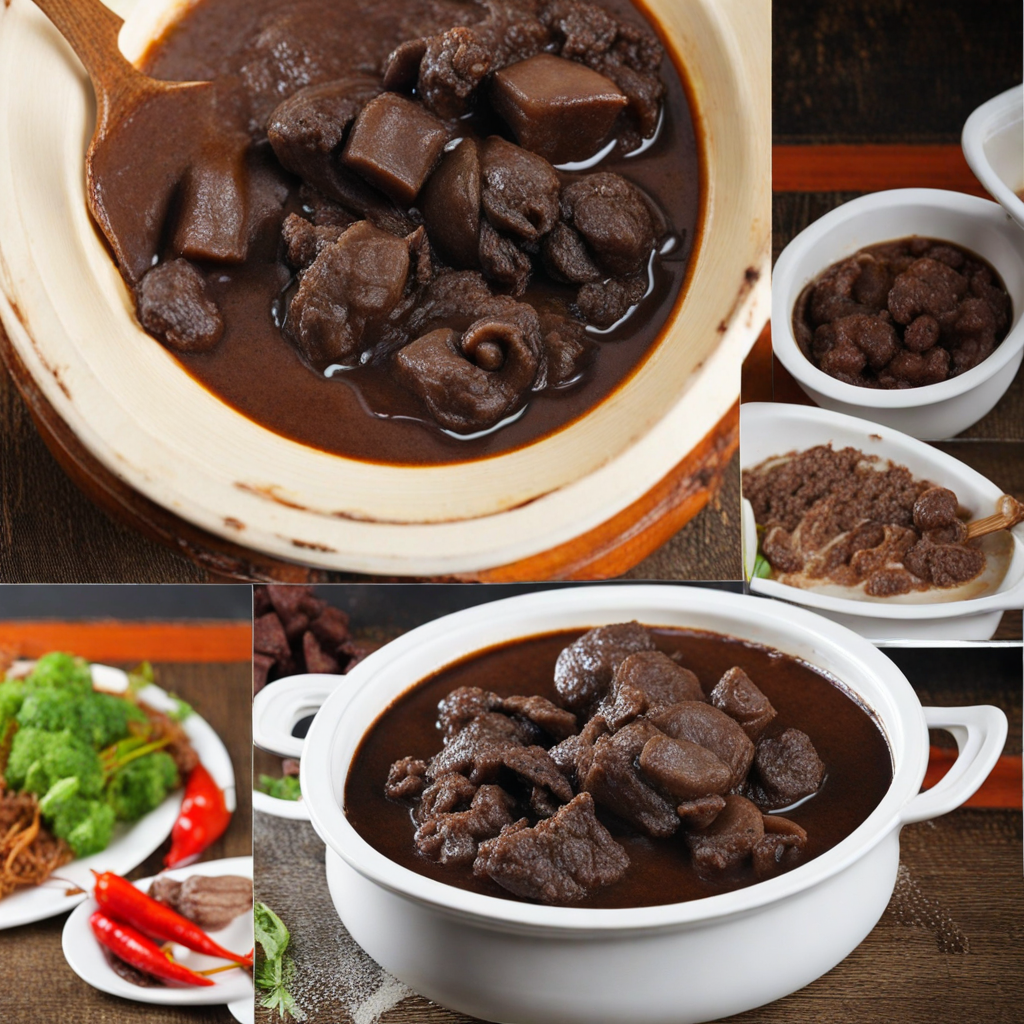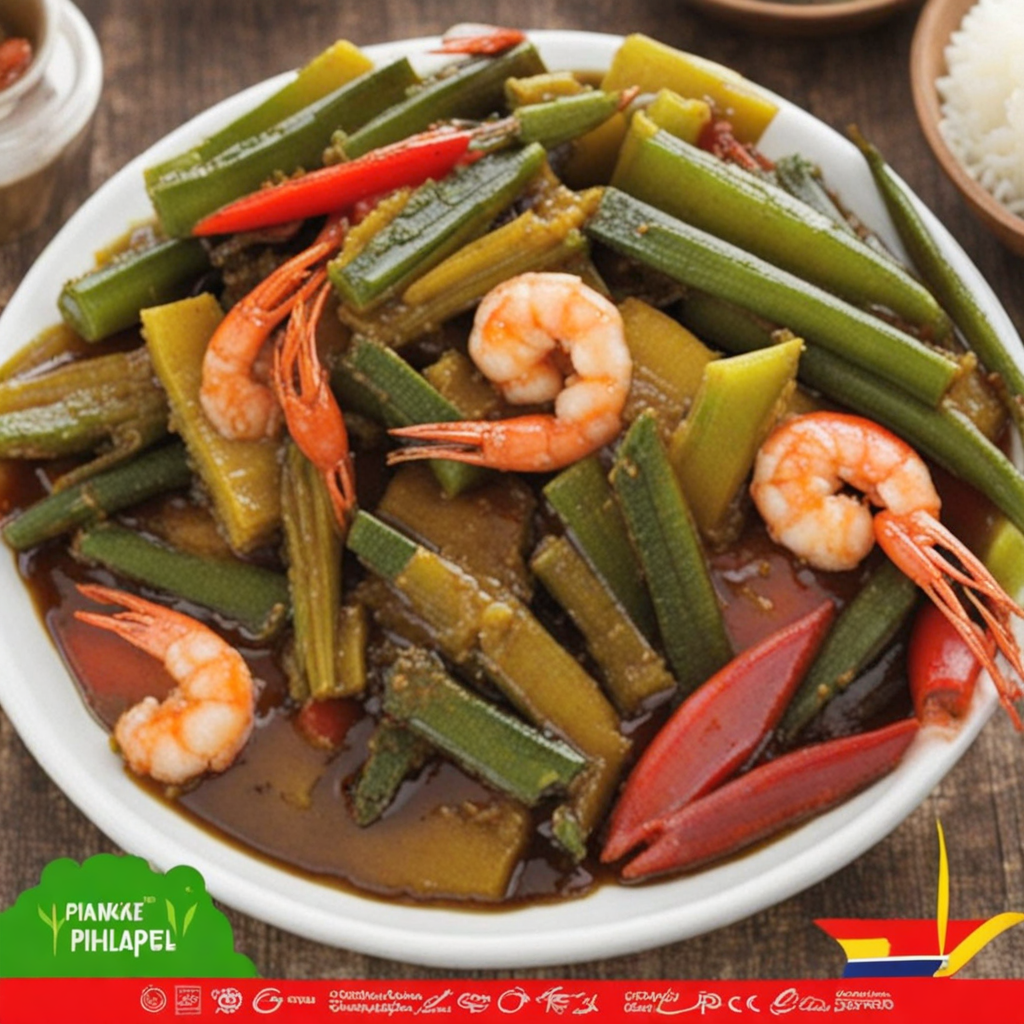Turon
Turon, a beloved snack from the Philippines, showcases the perfect harmony of sweetness and crunch. At its core, Turon consists of ripe bananas—commonly the saba variety—wrapped in a spring roll wrapper and then deep-fried to golden perfection. The exterior becomes delightfully crisp, providing a satisfying contrast to the soft, caramelized banana inside. Often, a sprinkle of brown sugar coats the roll before frying, giving it an enticing glaze that adds depth to the flavor, making each bite a delightful experience of sweetness and texture. The versatility of Turon allows for creative variations, with some versions incorporating additional ingredients like jackfruit or even a sprinkle of cinnamon for an extra layer of flavor. The addition of jackfruit, for instance, infuses the snack with a tropical twist, while still maintaining the classic taste of the banana. This adaptability makes Turon not only a popular street food but also a cherished treat enjoyed at family gatherings and celebrations, symbolizing warmth and togetherness in Filipino culture. Turon is often served warm, making it an irresistible snack that can be enjoyed at any time of day. The aroma of frying spring rolls wafting through the air draws people in, as the crispy exterior gives way to the sweet, gooey filling. Whether enjoyed as a quick snack or a dessert, Turon embodies the essence of Filipino cuisine—simple yet bursting with flavor, making it a must-try for anyone looking to explore new culinary delights.
How It Became This Dish
The Sweet Evolution of Turon: A Filipino Delight #### Origins and Early History Turon, also known as "banana lumpia," is a beloved snack in the Philippines, consisting of ripe or semi-ripe saba bananas (a type of cooking banana) wrapped in a spring roll pastry and fried to golden perfection. While the precise origins of turon are not definitively documented, it is believed to have emerged in the early 20th century, coinciding with the rise of street food culture in urban areas like Manila. The dish is thought to have evolved from the traditional lumpiang shanghai, a fried spring roll filled with meat and vegetables, which was introduced during the Spanish colonial period. The saba banana itself is indigenous to the Philippines and has been cultivated for centuries. The cultivation of bananas dates back to at least 2000 BCE in Southeast Asia, but it was during the Spanish colonization (1565-1898) that the use of various local ingredients in cooking began to flourish, leading to innovations like turon. #### Cultural Significance Turon holds a special place in Filipino culture, serving as a symbol of home and comfort. Often sold by street vendors, it is a quintessential merienda (snack) enjoyed by people from all walks of life. The act of eating turon is not just about satisfying hunger; it is a shared experience that evokes nostalgia and community. Families often make turon together, with children helping to wrap the bananas in the spring roll wrappers, fostering traditions and passing down recipes through generations. In many Filipino households, turon is not just a snack but a festive treat, often prepared for celebrations such as birthdays, fiestas, and holidays. Its versatility allows for various fillings, including sugar, jackfruit, or even sweetened coconut, further enhancing its cultural significance as a dish that adapts to the occasion and personal preferences. #### Development Over Time As the years progressed, turon began to undergo transformations, reflecting both regional variations and the influence of global culinary trends. The classic version, consisting of saba banana and a sprinkle of brown sugar, remains the most popular, but inventive twists have emerged. In the late 20th century, the introduction of ingredients like chocolate, Nutella, and even ice cream created a fusion of flavors that appealed to younger generations and adventurous eaters. The role of turon has also expanded in the culinary landscape. In the 21st century, it began appearing in restaurants and cafes, where chefs experimented with gourmet versions, pairing it with sauces like salted caramel or serving it as a dessert alongside ice cream. This development has elevated turon from a humble street food to a dish worthy of fine dining, showcasing the adaptability of traditional Filipino cuisine. Social media has played a significant role in the resurgence and evolution of turon. As platforms like Instagram and TikTok grew in popularity, food content became a way to celebrate and share local delicacies. Home cooks and chefs alike began posting their own versions of turon, often incorporating creative fillings and innovative presentations. This phenomenon has not only popularized turon beyond the Philippines but has also sparked interest among the diaspora who seek to reconnect with their culinary roots. #### Regional Variations The beauty of turon lies in its regional variations across the Philippines. In some areas, you might find turon filled with ripe mangoes or sweetened jackfruit (langka), while others might include a mix of both. The use of different types of sugar, such as muscovado or coconut sugar, can also alter the flavor profile, offering a unique taste experience depending on the region. In the Visayas and Mindanao regions, turon is often served with a sprinkle of grated coconut, adding a chewy texture that complements the crispy exterior. In contrast, urban areas like Metro Manila have popularized the standard version with a focus on the perfect balance of sweetness and crunch, making it a staple in local markets. #### Turon in the Global Context In recent years, the global interest in Filipino cuisine has surged, with chefs and food enthusiasts eager to explore its diverse flavors. As the world becomes more interconnected, dishes like turon are gaining international recognition, showcasing the rich culinary heritage of the Philippines. Filipino restaurants around the world are incorporating turon into their menus, often highlighting its simplicity and deliciousness. Food festivals and cultural events also feature turon, allowing people from different backgrounds to experience and appreciate this delightful treat. Moreover, the diaspora communities have played a crucial role in promoting turon abroad. Filipino families living in the United States, Canada, Australia, and other countries have introduced turon to their friends and neighbors, fostering cultural exchange and appreciation through food. The popularity of turon in international contexts has also sparked interest in other Filipino dishes, paving the way for a broader understanding of the Philippines' culinary landscape. #### Conclusion Turon represents more than just a delicious snack; it embodies the spirit of Filipino culture and community. Its journey from a humble street food to a gourmet treat illustrates the resilience and adaptability of Filipino cuisine. As turon continues to evolve, it not only preserves the history and traditions of the Philippines but also embraces innovation and creativity. Whether enjoyed on a bustling street corner, at a family gathering, or in a chic restaurant, turon remains a beloved symbol of Filipino identity, bridging generations and cultures through the simple joy of food. As we savor this sweet delicacy, we also partake in the rich narrative of a nation, celebrating its history, traditions, and the shared experience of enjoying a beloved dish.
You may like
Discover local flavors from Philippines







